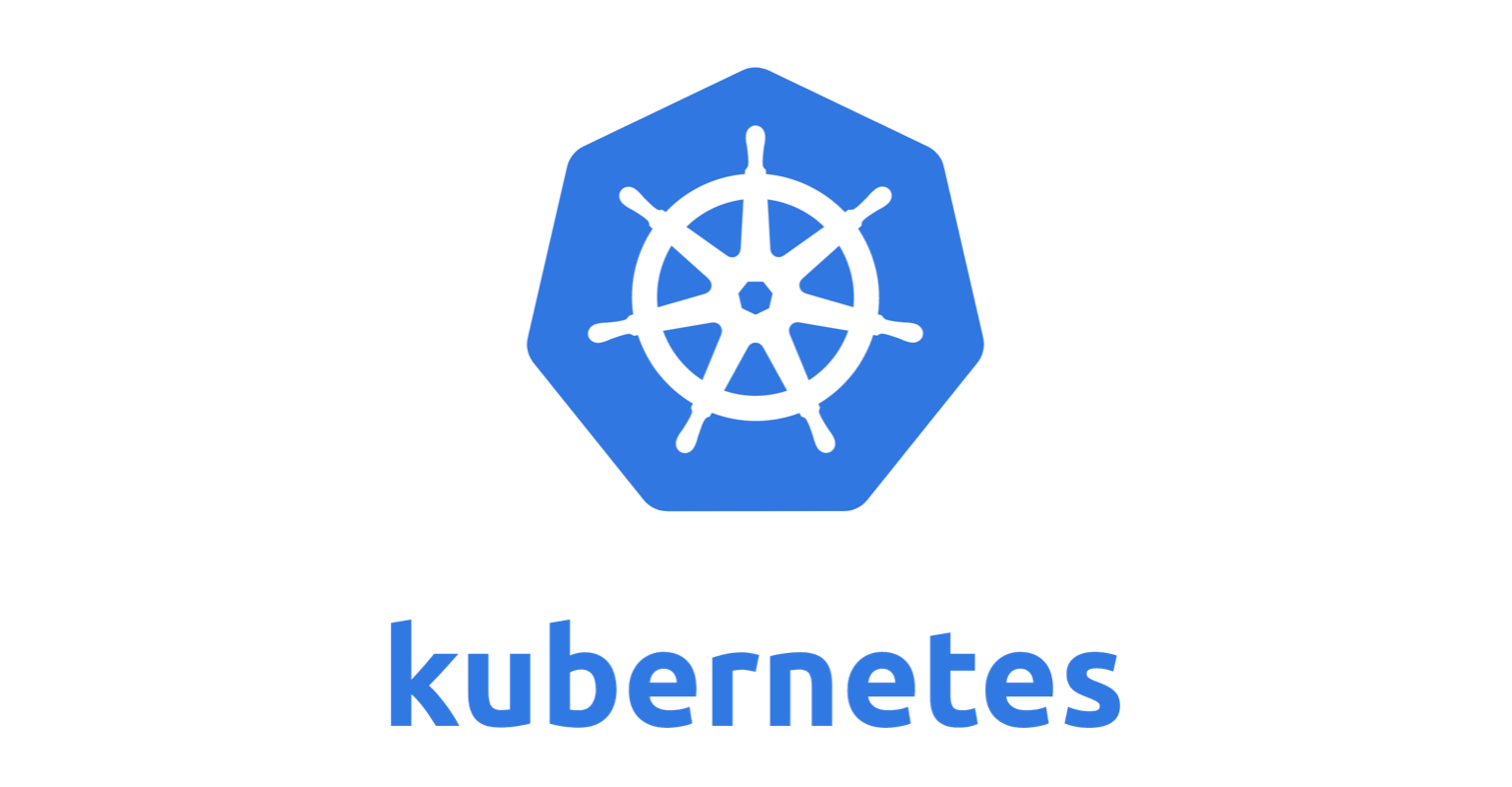Post View : 3777
Setting up a Kubernetes cluster in Azure can be done by following these steps:
- Choose the Azure Kubernetes Service (AKS) deployment method: AKS offers two deployment methods – Azure portal and Azure CLI. Choose the method that best fits your needs and preferences.
- Create a resource group: This is a logical container where all the resources related to your AKS cluster will reside.
- Create an AKS cluster: This is where you specify the number of nodes, their configuration, and the network settings for your AKS cluster. You can also configure features like managed identity, virtual network, and AKS cluster scaling.
- Deploy and manage applications: AKS provides several ways to deploy applications to your cluster. You can use kubectl command-line tool, use the Azure portal, or use tools like Helm to deploy applications to your AKS cluster.
- Monitor and manage your AKS cluster: Monitoring is an important aspect of running an AKS cluster. Azure provides several options for monitoring your AKS cluster including Azure Monitor for AKS, Azure Log Analytics, and Azure Event Hubs.
It is recommended to follow the best practices for AKS, including:
- Use the latest version of Kubernetes: This will ensure that you are using the latest features and security fixes available in the Kubernetes ecosystem.
- Enable network security policies: AKS provides network security policies that help you secure the network traffic in your AKS cluster.
- Enable managed identity: This feature allows your AKS cluster to access other Azure resources securely.
- Enable Azure Monitor for AKS: This will provide you with real-time insight into the health and performance of your AKS cluster.
- Use Azure DevOps for CI/CD: Azure DevOps can be used to automate the deployment of applications to your AKS cluster.
- Use Azure Key Vault to store sensitive information: Azure Key Vault provides a secure way to store sensitive information like certificates, secrets, and keys.
In conclusion, setting up a Kubernetes cluster in Azure can be done quickly and easily using the Azure Kubernetes Service (AKS). By following the best practices and using the available tools and services, you can deploy and manage applications in your AKS cluster with confidence.

Eric Chan
Microsoft MVP
SOS Group Limited


